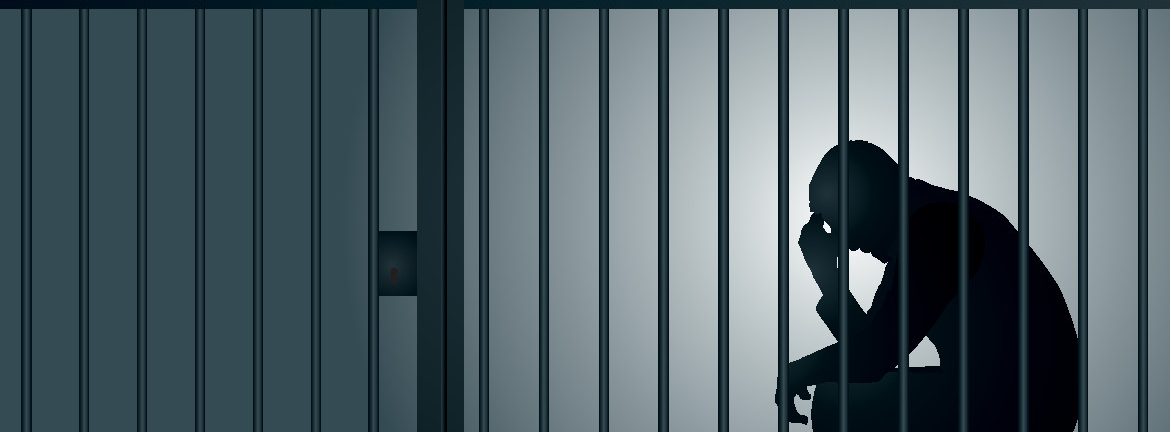Incarcerated persons released from prison are unlikely to receive treatment needed for substance use.
National estimates suggest that 85% of inmates leave prison suffering from a drug addiction. Only 17% of former inmates have been diagnosed with substance use disorders, with even fewer being provided medications that combat addiction.
Researchers acquired data from Virginia’s health and corrections department to track former inmates who are diagnosed and treated for addiction following their release from prison. In 2022, more than 4,600 adults were released from jails and prisons, with 85% enrolling in Medicaid within one month of their release.
Despite the high percentage of Medicaid enrollment, only 17% of those released had seen a doctor and been diagnosed with a substance use disorder within three months of their release. This includes 13% of that group having an opioid use disorder.
However, only 25% of opioid-addicted ex-convicts are prescribed medications, like methadone and suboxone, to combat drug cravings and withdrawals. This is far less than the 78% of all Medicaid enrollees who received medication after their opioid addiction diagnosis.
Lead researcher Peter Cunningham, who is the interim chair of the Virginia Commonwealth University Department of Health Policy, stated, “Based on national statistics, we expected more people to receive a diagnosis and treatment for opioid addiction,” Cunningham went on to say “This is concerning because having an undiagnosed, untreated opioid use disorder greatly increases the risk of overdose.”
Most inmates do qualify for Medicaid during their time in prison. Although only emergency coverage is provided during their sentence, addiction treatment and most other benefits are not covered.
Researchers are surveying former inmates to discover what hurdles they face after being released. Cunningham stated, “If providers are able to diagnose substance use disorders and initiate treatment plans before a person is released from prison, this might reduce the risk of overdoses and improve health outcomes when they return to their community.”
